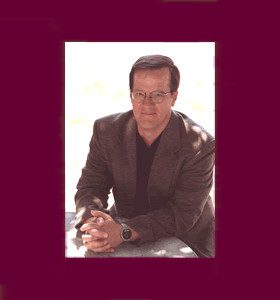As I’ve mentioned before, I’m reading through the Old Testament in the original Hebrew. But my Hebrew skills are rudimentary at best, so some portions of the Old Testament are quite challenging.
For example, I had trouble getting through 1 Kings 6 and 7. They describe in some detail Solomon’s construction of the temple and his own palace. The subject matter necessitates the use of numerous technical terms that I didn’t know. Add to that my own limitations: I barely know which end of a hammer to hold, and I can’t picture physical structures from verbal descriptions. I have to see them with my own two eyes. So for a zillion verses, I struggled through words I didn’t know to try to picture structures I just couldn’t picture. For me, it seemed an extended exercise in frustration and futility.
But such details matter. 1 Kings 6 and 7 remind me of Exodus, chapters 25 and following, which provide seemingly-endless detail about the building of the tabernacle in the wilderness. There God specifically warns Moses:
“See that you make them after the pattern for them, which was shown you on the mountain.” (Exodus 25:40, NASB)
By the time I finished Exodus, I began to understand the importance of those details, even without the ability to accurately picture them in my mind. I could see that each of the details in the tabernacle were given by God to help the people know Him. Each of the furnishings – the candles, the incense, the bread, the curtains, the ark, and more – provided the worshipers with a sensory experience of God, however partial. In a sense, God was “incarnating” Himself in the tabernacle, making Himself physically knowable centuries before Christ. He was glorifying Himself, proclaiming His presence, His greatness, and His goodness in ways perceivable by our five senses.
Thus, details matter. They mattered in the building of the tabernacle. They mattered in the construction of the temple.
And they matter in my work as well. As a hymn writer, I can’t see God’s full purpose in the work I do. I can’t see the end from the beginning. But He can, so I carefully follow His lead. I am like Bezalel, who worked on the tabernacle (Exodus 31:1-11), and Hiram, who helped construct the temple (1 Kings 7:13-14). They were craftsmen, gifted, prepared, and called by God to perform specific tasks as a small part of God’s greater purpose.
That is my role as well. In ways I didn’t plan and can’t imagine, God is using me, in some small way, to glorify Himself through Jesus Christ.
And that is your role, too. Aren’t we blessed? Each of us is a tiny part of all the marvelous, eternal, creative work God is doing in Jesus Christ.
Listen and sing:
Hymn: God’s Mysterious Ways
Recording
Printed Music & Lyrics
